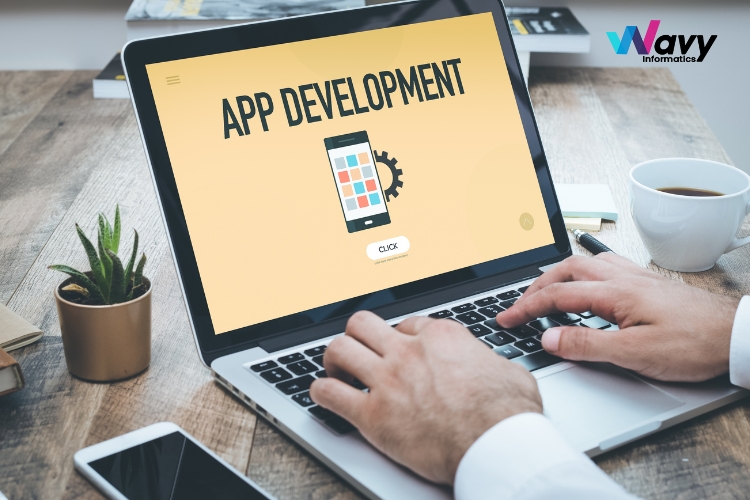Cross-Platform vs Native App Development: What Should You Choose in 2025?



With mobile users increasing at a rapid pace, building a mobile app is no longer optional for businesses—it’s a necessity. Whether you run a startup or a well-established company, launching a mobile app can help you engage customers, expand your reach, and boost revenue. But before you get started, there’s one important decision to make: Should you go with cross-platform or native app development?
In this blog, we’ll break down both approaches, compare their pros and cons, and help you make an informed choice in 2025. If you’re looking for trusted mobile app development services or working with the top mobile app developers in AU, this guide will point you in the right direction.
Native app development refers to building apps specifically for one platform—either Android or iOS. Native apps are created using platform-specific programming languages: Kotlin or Java for Android, and Swift or Objective-C for iOS.
These apps are built using official tools provided by Apple and Google and are tailored to match each platform’s unique capabilities and design standards.
Cross-platform app development involves building a single codebase that works on multiple platforms. In 2025, tools like Flutter, React Native, and Xamarin have become increasingly popular for developing high-quality cross-platform applications.
These frameworks allow businesses to save time and money while still delivering apps that work on both iOS and Android devices.
Choosing between native and cross-platform development depends on your specific business needs. Here’s a side-by-side comparison to help you decide:
| Feature | Native App Development | Cross-Platform Development |
| Performance | Excellent | Good |
| Development Speed | Slower | Faster |
| Cost | Higher | Lower |
| Access to Device Features | Full | Moderate |
| User Experience | Platform-Optimized | Consistent but less specific |
| Best For | Gaming, AR/VR, High-Performance Apps | MVPs, eCommerce, Startups |
At Wavy Informatics, we offer professional mobile app development services that cater to businesses across industries. As one of the top mobile app developers in AU, we help clients choose the right technology based on their goals, timeline, and budget.
Here’s our general recommendation:
Consider you’re building a health and wellness app. If it needs to sync with wearable fitness devices and deliver real-time health tracking, native development would be best to ensure accurate and efficient integration.
But if the app is designed to offer yoga tutorials, appointment bookings, and user communities, cross-platform development would deliver everything you need with faster deployment and lower costs.
Wavy Informatics is a leading mobile app development company committed to delivering innovative and scalable solutions for businesses in Australia and beyond.
Whether you’re building a brand-new app or upgrading an existing one, our experienced team ensures your product meets market standards and user expectations.
Cross-platform development is generally more affordable since you only need to build and maintain one codebase.
Yes, native apps typically deliver superior performance, especially for graphics-heavy or hardware-reliant features.
Yes, it’s possible to migrate from cross-platform to native, but it requires rebuilding parts or all of your app.
Depending on complexity, a cross-platform app can take anywhere from 2 to 4 months for development and deployment.
Flutter and React Native continue to lead in popularity, with Flutter seeing increased adoption due to its performance improvements.
In 2025, there is no one-size-fits-all answer to the cross-platform vs native debate. Both approaches offer valuable benefits, and the right choice depends on your app’s requirements, timeline, and resources.
If you’re unsure about which path to take, let the experts at Wavy Informatics help. Our team provides customized mobile app development services that align with your business vision, whether you need a fast, scalable cross-platform solution or a high-performance native application.